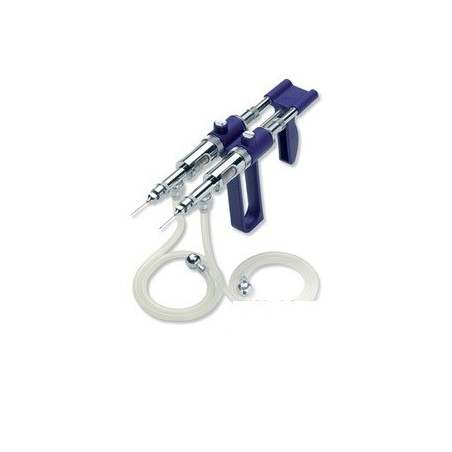To prove that a farm is not infected we frequently ask ourselves: How many samples must I take? And with which frequency? To answer all these questions, researchers from the University of Minnesota have developed an online tool (OptisampleTM) that allows to optimise sampling strategies within the active surveillance tasks on each farm.
Although, initially, the tool uses as an example the porcine reproductive and respiratory syndrome (PRRS), it can be easily extended to the surveillance systems of other animal diseases.

The porcine reproductive and respiratory syndrome virus (PRRSv) infection causes a devastating economic impact to the swine industry. Active surveillance is conducted routinely in many swine herds to demonstrate freedom from PRRSv infection. The design of efficient active surveillance sampling schemes is challenging because optimum surveillance strategies may differ depending on the infection status, herd structure, management, or resources for conducting sampling.
In addition to herd size, expected prevalence, test sensitivity, and desired level of confidence, the model takes into account the presumed risk of pathogen introduction between samplings, the structure of the herd, and the process for selecting the samples over time.
Web-based application available at http://stemma.ahc.umn.edu/optisample
Tuesday, September 26th, 2017/ 333’s editorial office.
http://stemma.ahc.umn.edu/optisample







